

Church of San Martiño da Cova
Currently only the Romanesque church is kept. It was a monastery of regular canons of St. Augustine, between the 13th century and 14th century. It was as a Priory dependent on the Cathedral of Lugo, abolished in 1824 and subsequently relegated to the current church after auctioning their goods with the confiscation of Mendizábal.
On the main facade there is a door with semicircular arch and archivolts on three parts of columns and four-leave-rosettes on the outside. The capitals are decorated with vegetable motifs and laces. The smooth tympanum relies on quoins with geometric decoration on the loophole door. The facade is topped with a Romanesque belfry, with two semicircular openings containing two bells, whereas in the upper part another smaller opening highlights.
The north wall is traversed with a smooth impost at medium altitude with a plain tympanum gate, smooth quoins and two loopholes. The roof is supported by plain corbels or with geometric decoration. The south wall is similar; the door is currently bricked up and has the sacristy attached. The apse is divided into three sections with semi-columns.
Inside it there is a wooden gabled roof and an apse with shell and pointed vault. It is highlighted by a pointed triumphal arch that rests on attached semi-columns with capitals of vegetal ornamentation.
In the interior we can observe two lateral Baroque altarpieces. The one on the left has a representation of a large Christ Crucified, and on the right, the image of the Virgen de las Nieves.
Paintings of the 19th century are kept with theatre sets, as well as a representation of the Holy Trinity.
Regarding the worship of the church, some authors often allude to overlapping and sometimes confusion in the area between San Martin of Dumio and San Martín de Tours. In the case of the last one, he was born in Pannonia and was recruited very young in the army. It was in the 4th century when he met a poor man who begged money shivering, and he divided his cloak in two and gave him a piece of it. Christ appeared to him in a dream to thank him for his act of charity. This was how he converted and left the army. In the 370, he was elected bishop of Tours. There, during The Middle Ages, its cloak was guarded as one of the most venerated relics of Christendom; the Merovingian Kings turned it into their dynastic and national emblem. The enclosure in which it was kept gave rise to the word "Chapel". He was patron of soldiers and Knights, as well as tailors. His festivity is closely tied to the area. About the 11th November, neighbours from Ribeira Sacra are busy in the magostos tasting chestnuts and wine. These customs are linked also to the Saint in France. The arrival of winter is celebrated and used to match its celebration to the collection of certain taxes and leases.
San Martiño de A Cova
Information and contact

Seoane, 37, 27548 O Priorato
O Saviñao
27556 Lugo
 Directions
Directions 

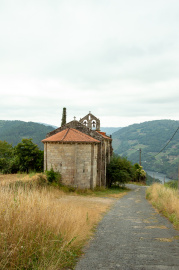
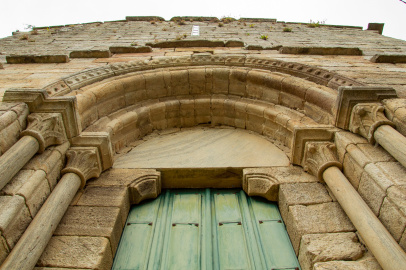
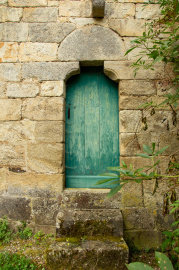
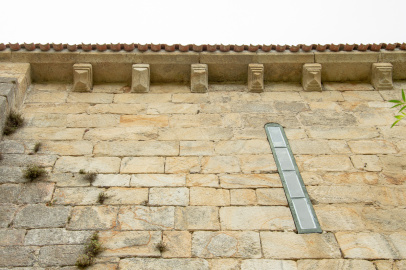
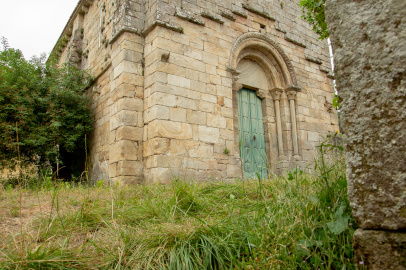
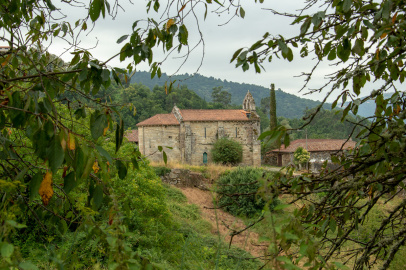

 What would you improve?
What would you improve?